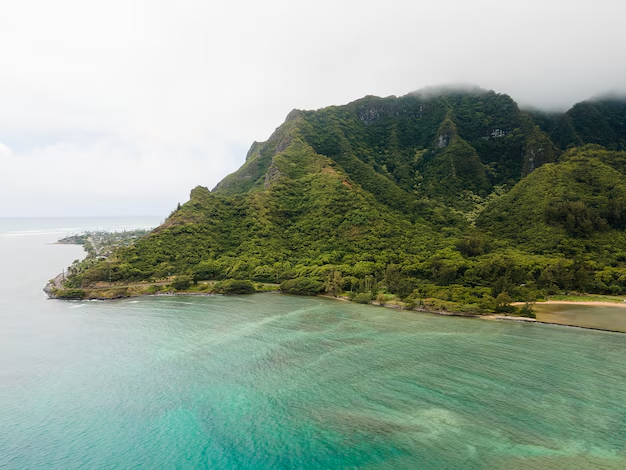Kona coffee, renowned for its smooth body and subtle sweetness, is a match made in heaven for chocolate lovers. But why settle for a plain mocha latte when you can explore a world of decadent flavor combinations? Here, we present a variety of Kona coffee recipes that unlock the chocolatey potential of this Hawaiian treasure, transforming your coffee ritual into an experience of pure indulgence.
The Classic Mocha Latte: A Chocolatey Embrace

This recipe forms the foundation for all your future mocha creations. Here’s what you’ll need:
Ingredients: 1 shot (2 oz) freshly brewed Kona coffee (medium roast recommended) 1/2 cup steamed milk 2 tablespoons chocolate syrup (or to taste) Whipped cream (optional) Chocolate shavings (optional)
Instructions: Brew a delicious cup of Kona coffee. Steam your milk to a smooth, microfoam consistency. Combine chocolate syrup and a splash of hot coffee in a mug to create a smooth chocolate sauce. Pour the hot coffee into the mug, followed by the chocolate sauce. Gently top with steamed milk, creating a beautiful latte art design if desired. Finish with a dollop of whipped cream and a sprinkle of chocolate shavings for an extra touch of indulgence.
The Spiced Mexican Mocha: A Kick of Warmth

This recipe adds a touch of Mexican flair to your mocha. Here’s what you’ve got:
Ingredients: 1 shot (2 oz) freshly brewed Kona coffee (dark roast recommended) 1/2 cup steamed milk 1 tablespoon Mexican chocolate (finely chopped) 1/4 teaspoon cinnamon Pinch of cayenne pepper (optional) Whipped cream (optional) Cinnamon stick (optional)
Instructions: Brew a strong cup of Kona coffee using a dark roast. Steam your milk to a smooth consistency. In a small saucepan, heat a splash of milk with the Mexican chocolate until melted. Whisk in the cinnamon and cayenne pepper (if using). Pour the hot coffee into a mug, followed by the melted chocolate mixture. Top with steamed milk and a sprinkle of cinnamon. Garnish with whipped cream and a cinnamon stick for an extra touch of festivity.
The White Chocolate Mint Mocha: A Refreshing Twist

This recipe offers a delightful alternative to traditional dark chocolate. Here’s the breakdown:
Ingredients: 1 shot (2 oz) freshly brewed Kona coffee (medium roast recommended) 1/2 cup steamed milk with a dash of peppermint extract 2 tablespoons white chocolate syrup (or to taste) Whipped cream (optional) Crushed peppermint candies (optional)
Instructions: Brew a smooth cup of Kona coffee using a medium roast. Steam your milk and add a dash of peppermint extract to create a minty aroma. Combine white chocolate syrup and a splash of hot coffee in a mug to create a smooth white chocolate sauce. Pour the hot coffee into the mug, followed by the white chocolate sauce. Top with the peppermint-infused steamed milk. Finish with whipped cream and a sprinkle of crushed peppermint candies for a festive touch.
Endless Mocha Explorations with KonaCoffee.com
These recipes are just a starting point for your mocha adventures. Experiment with different chocolate syrups, spices, and flavorings to create your own signature Kona coffee mocha masterpiece. At KonaCoffee.com, we offer a variety of Kona coffee roasts, allowing you to explore how roast profiles can influence the overall flavor profile of your mocha. So, unleash your inner chocolatier, explore the diverse world of Kona coffee, and embrace the magic of mocha! Mahalo (thank you) for choosing KonaCoffee.com!


























